On November 4, Election Day, the Rubin help a professional development workshop for K-12 teachers. The theme of the workshop was Art as a Cross Curricular Connector, focusing on how the Rubin Museum’s collection can be used to complement a wide range of subjects, from math to ELA and from science to art. Our goal was to help teachers understand how the Rubin Museum can help their teaching and to use the teachers’ expertise to bring new and innovative ideas to the table. We were also hoping to open the door for more collaborations between teachers and museum educators and also teachers with each other.
We had a very interesting mix of teachers from a broad range of subjects – ELA, art, math, special ed, science, and Spanish, to name a few. Teachers started the day by brainstorming about the following questions (and here are some of their responses):
- What are you hoping to learn/share/experience today?
-“I hope to gather ideas for art projects that will incorporate academic subjects”
-“Access visual learners”
-“How to motivate students who are creative but not very interested in excelling academically”
-“I hope to learn how to use art as a way to engage my kids to get them interested in reading and writing”
- What are the benefits of teaching cross-curricularly?
-“Having students think of your subject matter outside your classroom”
-“One benefit to working cross-curricularly when teaching art is the understanding that art is more encompassing than most students think.”
-“The main benefit is to transfer skills back and forth”
-“Our work as art teachers is taken more seriously – even though it should be already”
-“Bring fresh ideas into a class”
- What are the challenges of teaching cross-curricularly?
-Fitting all the disciplines into a unit that is not superficial but deeply integrated
-Working in areas that you have no background knowledge of
-Being able to apply age-appropriate experiences
Each answer was thoughtful and resonated with other participants. This brainstorming helped us understand where the teachers were coming from.
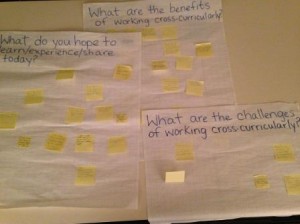
During a quick Artifact Investigation Workshop, teachers used the hands-on teaching collection to warm up their observational skills. In their discussions and conversations, teachers began to notice that art objects are made of a variety of materials (science), often follow exact measurements and proportions (math), use visual imagery to tell complex stories (ELA), and express complex ideas important to Himalayan cultures and religions (social studies).
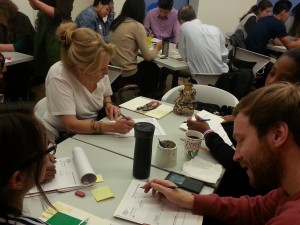
Afterwards, the teachers had a tour of the galleries during which they learned about key objects from our third floor exhibition Masterworks: Jewels of the Collection.
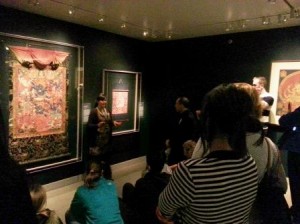
After lunch, teachers participated in a workshop making paints out of hide glue and mineral pigments such as malachite, red ochre, and yellow ochre. We discussed how the materials used to make art in the Himalayas is deeply tied to its environment. Teachers used the paints to create beautiful Himalayan-style paintings of lotus flowers, clouds, mountains.
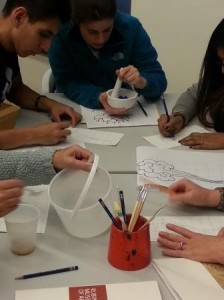
During the last hour of the day, teachers combined all their experiences and knowledge to write some lesson plans that drew on their diverse fields. Using catalogs, online resources, and objects from the teaching collection, teachers created creative and integrated that also drew on deep personal connections. Below is a sampling of these lessons:
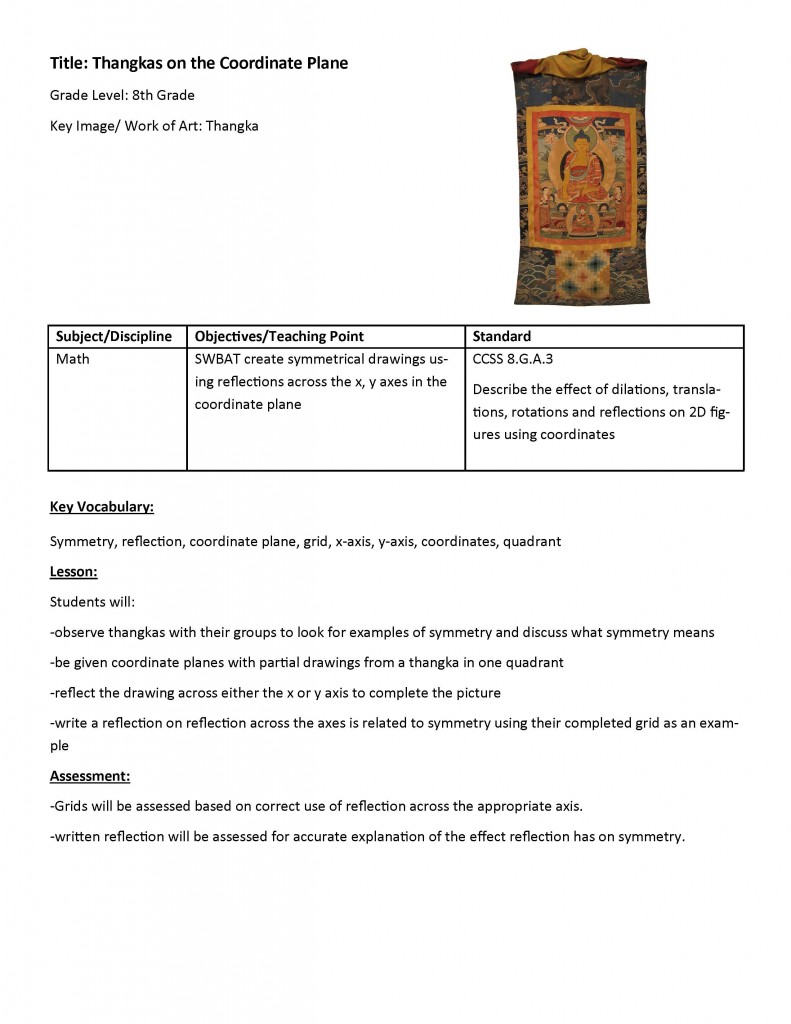
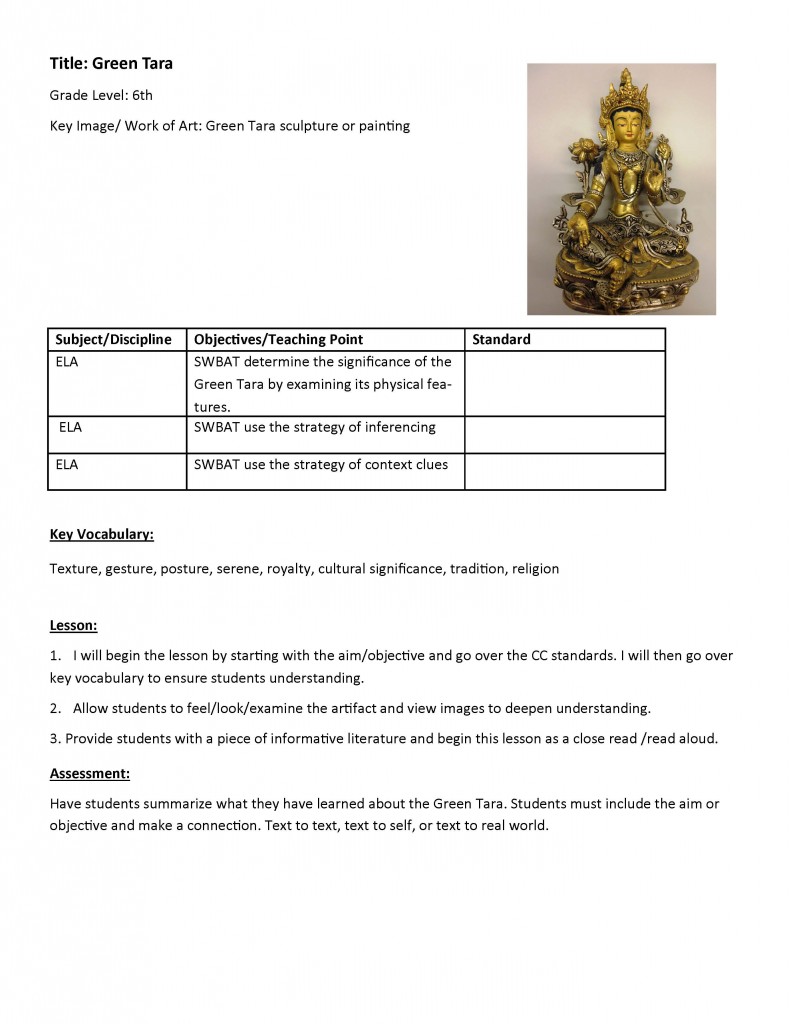
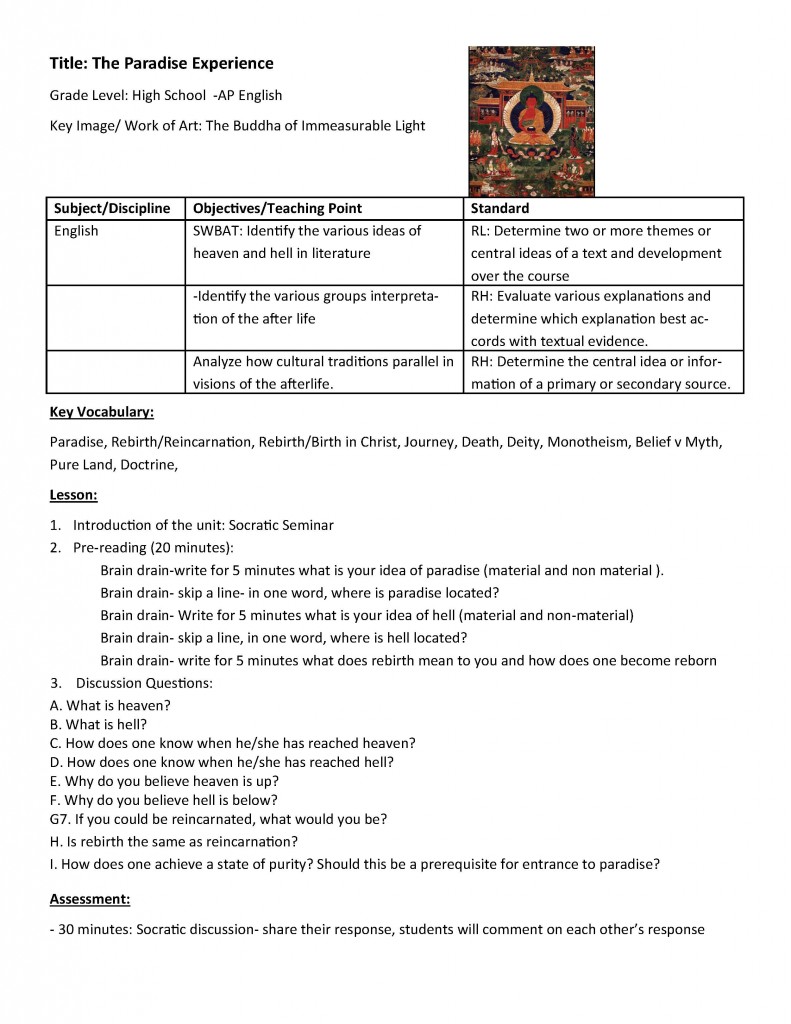
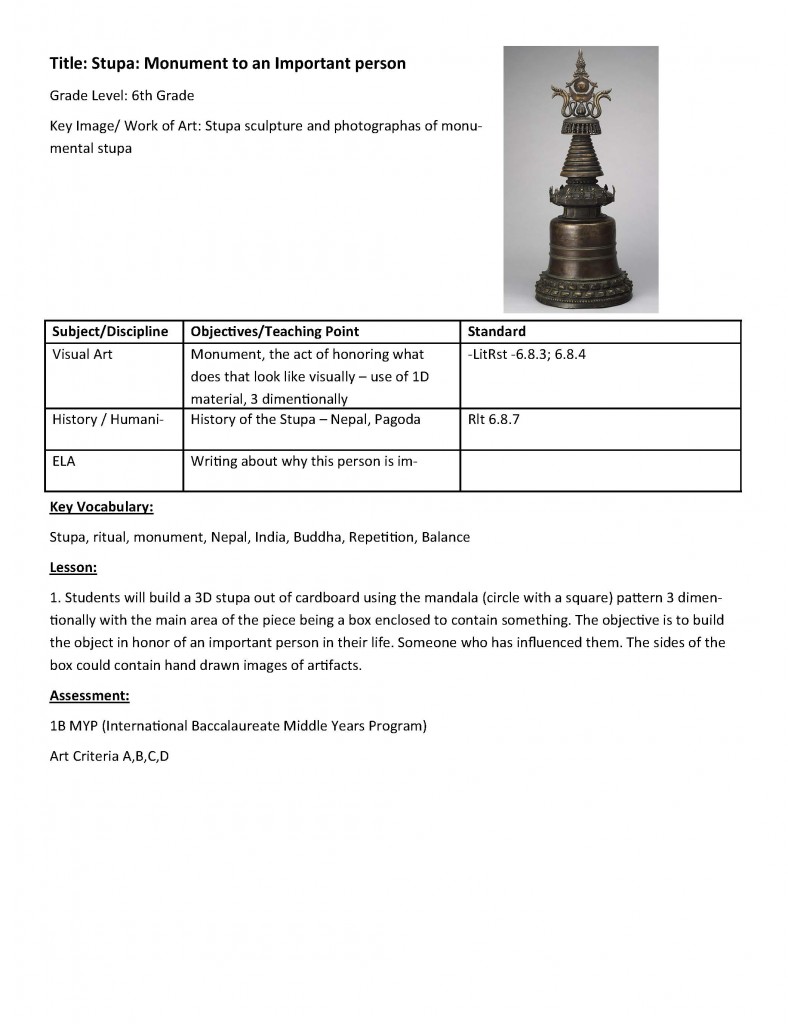 We hope that this exchange of ideas is the beginning of a longer dialogue between Rubin educators and classroom teachers and we thank all the teachers who participated and shared their expertise.
We hope that this exchange of ideas is the beginning of a longer dialogue between Rubin educators and classroom teachers and we thank all the teachers who participated and shared their expertise.
If you participated in the workshop and want to add a comment, we invite you to do so in the comment section below!


